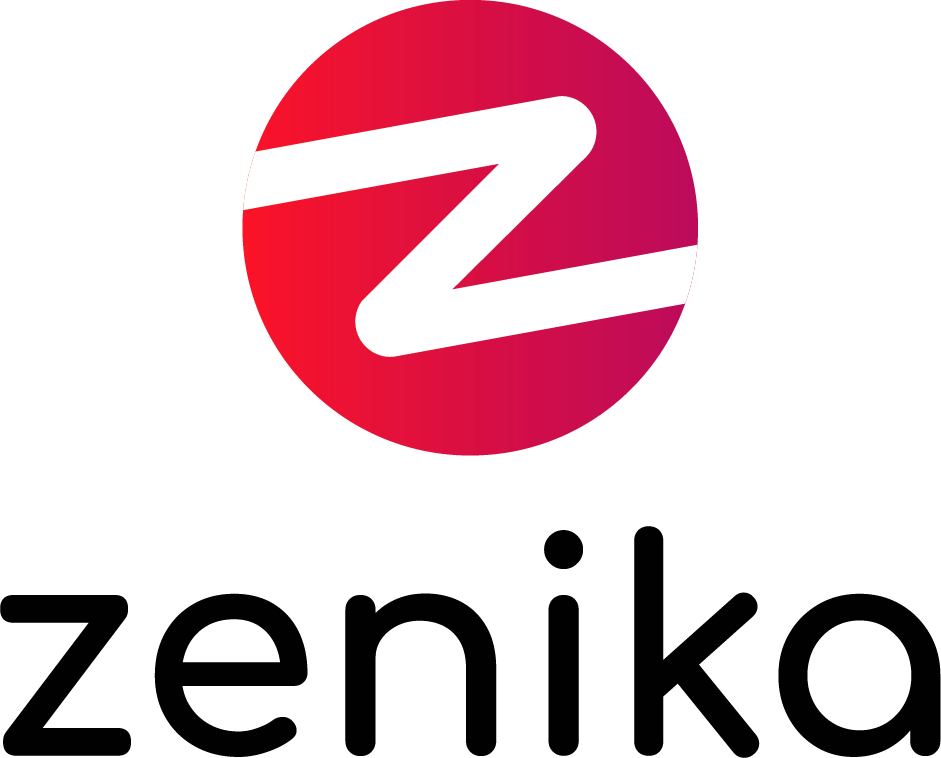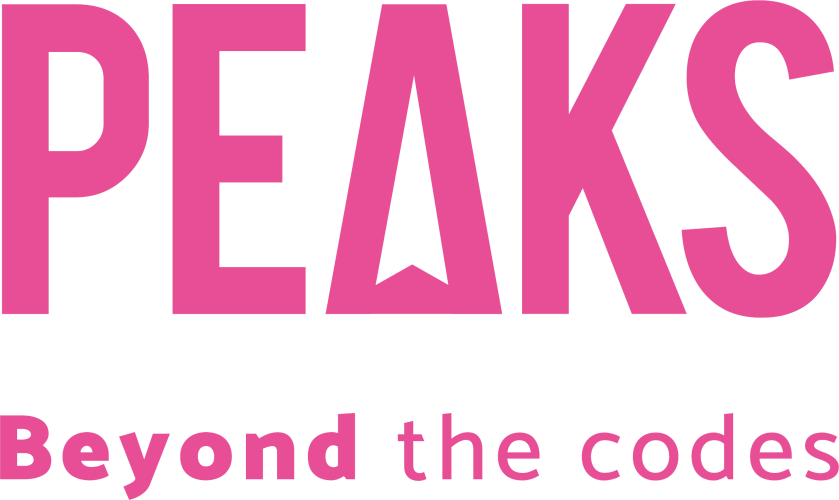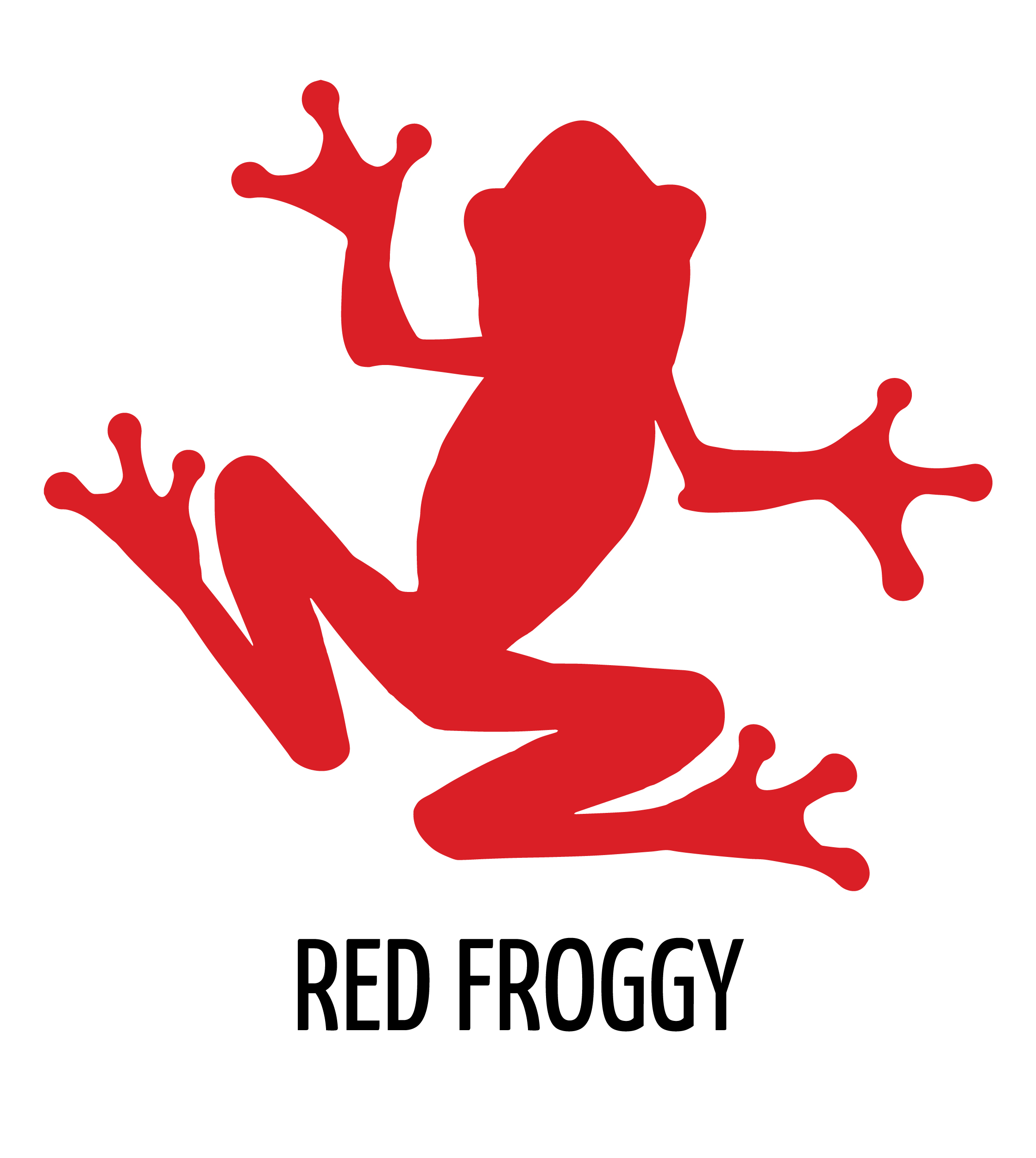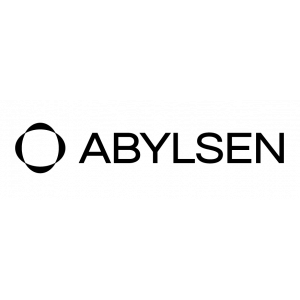![WebAssembly en 2023 : un état de l'art]() Talk
Talk
WebAssembly en 2023 : un état de l'art
WebAssembly a fait beaucoup de chemin depuis sa première version majeure en 2015. Les cas d'utilisation dépassent désormais le cadre des applications Web : infrastructures cloud, virtualisation, edge computing, architectures de plugins, etc. Quelles évolutions passées ont rendu ça possible ? Comment évolue WebAssembly en tant que plateforme ? Quelles améliorations sont à venir, et que vont-elles permettre d'accomplir ? Nous nous pencherons sur ces questions en (re)découvrant ensemble WebAssembly, son historique, et ses principales extensions à venir (WASI, component model, garbage collector).
Benjamin Bouvier
J'ai eu la chance de travailler comme ingénieur en compilation chez Mozilla, puis par la suite de participer à la naissance du standard WebAssembly ainsi qu'à son implémentation dans Firefox. Depuis, j'ai suivi l'évolution de la plateforme et j'ai pu étudier de nouveaux cas d'utilisation, dans un cadre professionnel comme personnel. Sur mon temps libre, je lutte pour la protection de la vie privée et des données personnelles, contribue à l'open-source, notamment à l'écosystème Rust, et joue de l'ukulélé.



















